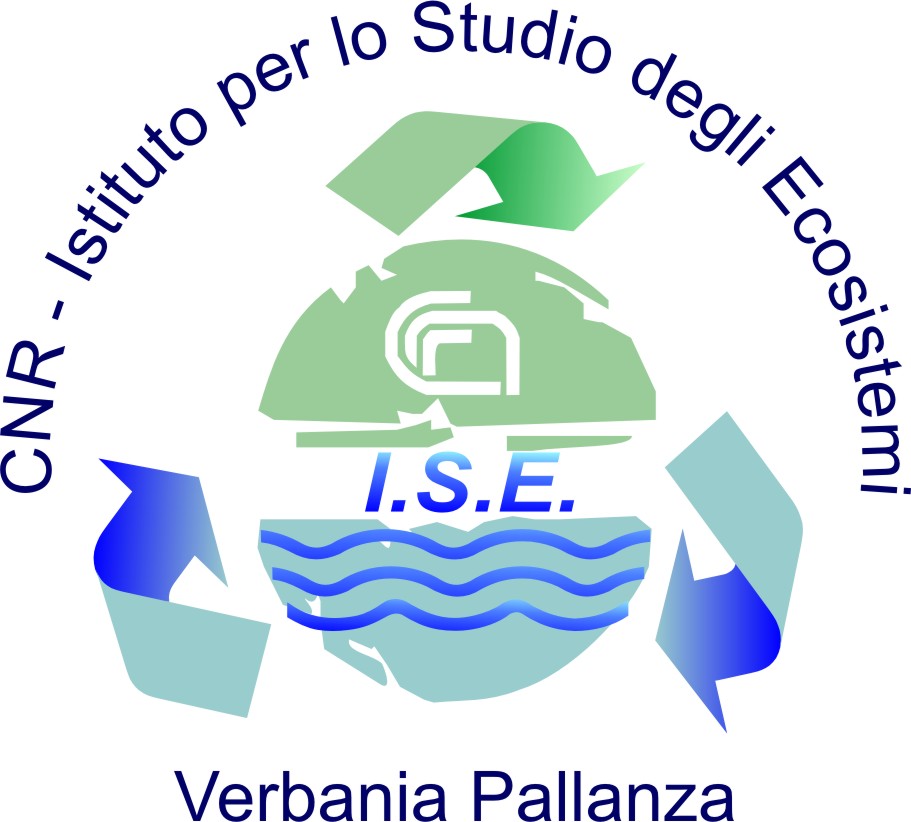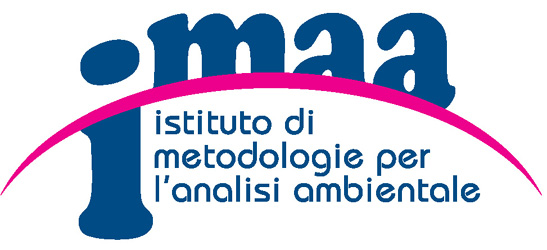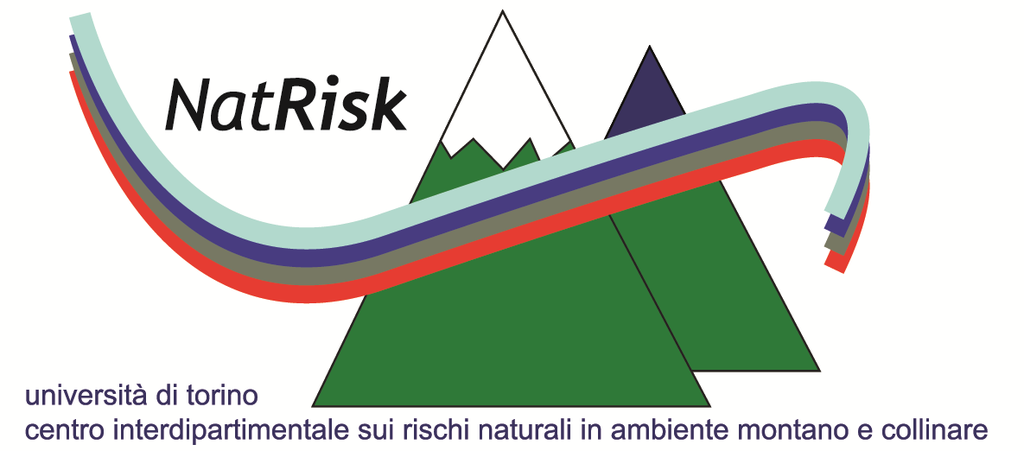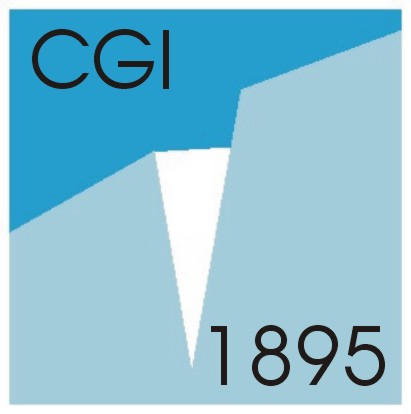You are here
WP 1.3 Reconstruction/reanalysis of the Mediterranean Sea circulation
In order to reconstruct the climate signal from all existing in situ and satellite measurements, reanalysis techniques integrate ground-based and satellite observations with numerical models of the general circulation. The models thus play the role of "dynamic interpolators" of the observations, returning a homogeneous reconstruction with associated uncertainty estimates.
Thus, a reanalysis represents a climate reconstruction for the recent past, incorporating state-of-the-art scientific and technological knowledge: it provides dynamically consistent time series, on regular temporal-spatial grids, maintaining the information from measurements wherever available, while dynamically interpolating at time-space points where observational data are missing. To date, very few oceanic reanalyses exist at global level, and even fewer at regional level. In the latter case, the high digital resolution required and the need to dispose of a significant number of observations often represents a serious limitation. For the Mediterranean Sea, however, the Oceanography Operational Group of INGV has developed prototypes of reanalysis for the past twenty years.
Activities
This WP produced the first high-resolution time-space climate reconstruction of the Mediterranean Sea circulation by means of reanalysis techniques, designing and implementing the information system to make this reanalysis available to the scientific community, to public authorities and to private stakeholders.
The spatial resolution of the reconstruction is about five kilometers for the entire Mediterranean Sea and the adjacent areas of the Atlantic Ocean, while the temporal resolution i s a few hours, thus resolving the diurnal cycle. The access and retrieval system of the reconstructed data envisages the rapid recovery and analysis of massive amounts of data, of the order of tens of Terabytes, similar to the size of the model data, thus posing a significant challenge to current technology.
Results
• Task 1. Updating and quality control of specific databases available at the international level (SeaDataNet, GMES) and improvement of circulation models and data assimilation techniques.
• Task 2. Production of a “Reconstruction/Reanalysis (RR) for the past sixty years of observations in the Mediterranean Sea, optimally combining the results of numerical simulations with in situ and satellite measurements, using advanced data assimilation techniques and including estimates of uncertainty. This effort will provide a RR and calculated atmospheric flows at the air-sea interface at the spatial resolution of 5 km and at the maximum temporal frequency (6 hours), in order to resolve the diurnal cycle.
• Task 3. Analysis of annual, interannual and interdecadal variability of sea level, temperature and salinity; preparation of adequate documentation on the quality of the products derived from the reanalysis.




























